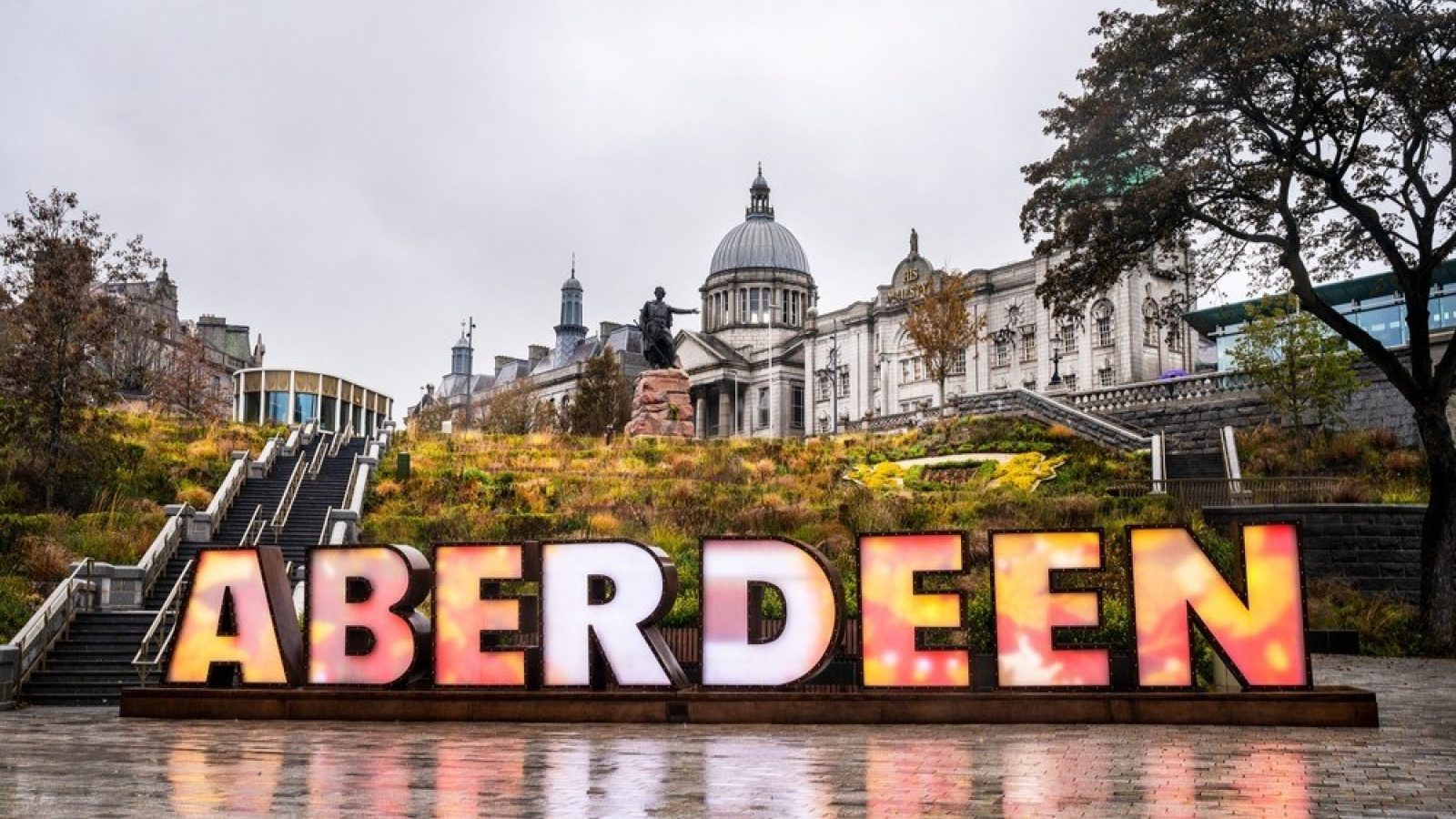A 7% Visitor Levy is to be introduced in Aberdeen to generate revenue for enhancing leisure and business tourism in the city.
Aberdeen City Council’s Finance and Resources Committee approved the 7% levy at a meeting on Wednesday.
With the average price of a room in Aberdeen currenting sitting at £70 this would mean visitors could expect to pay £4.90 per night in addition to their room rate. This is anticipated to generate up to £6.8million per annum (at a 7% levy rate) for Aberdeen City Council.
Convener of Finance and Resources Councillor Alex McLellan said: "The income generated from the visitor levy, paid by those visiting the city, will provide a huge boost to our local economy and allow us to invest in bringing major events and conferences here of a more regular basis.
“Across Europe we are paying similar amounts to stay per night subsidising their thriving economies, and we should do the same to ensure we can compete in terms of attracting both business and leisure tourism to Aberdeen.
A report to committee said the earliest date that Aberdeen City Council could introduce a visitor levy is 1 April 2027. Money raised would go towards projects such as:
- A new Convention Bureau-managed fund to attract one-off and repeat business events, expos and major conferences ;
- Enhancement of existing fund to attract additional events specifically for the city’s flagship business tourism venue at TECA;
- Culture & Events Subvention Fund: for large events, productions, sports championships, exhibitions, and festivals;
- Culture & Sport Partner Fund: for the city’s major creative and sport organisations;
- Cultural Foundations Fund: awarded to and facilitated by larger creative organisations to support emerging local talent in the creation of new, high-quality work by visual and performing artists, small producers, and production companies.

Steven Gow, chair of Visit Aberdeenshire, said: “A well-managed scheme that supports the aims of the region’s Destination Strategy will drive continued growth of Aberdeen’s visitor economy. Aberdeen welcomed 2.2million overnight visits in 2024, contributing to an economic impact from tourism of over £500million. The headroom for growth in the leisure and conference sectors will be fulfilled through effective investment in promotion, events, and development of the tourism sector.”
The report to committee said The Visitor Levy (Scotland) Bill allows local authorities in Scotland to charge a fee on overnight stays in some types of accommodation. The levy would be calculated as a percentage of the chargeable transaction for accommodation, after deducting any commission costs.
The local authority has the discretion to set what the rate is and the legislation allows for local authorities to set different rates for different purposes or areas meaning that different rates can be set for particular events, such as arts festivals or special conferences and that local authorities can vary the area in which the levy applies within their boundary.
Local authorities cannot vary the type of accommodation that the levy would apply to and that includes hotels, bed and breakfasts, hostels, guest houses, self-catering accommodation, camping sites, caravan parks, accommodation in a vehicle, or on board a vessel which is permanently or predominantly situated in one place.
Cruise ships and motor homes are not subject to the levy. The levy is not payable where the visitor or any other person utilising the right to reside in the overnight accommodation is in receipt of benefits, payments, or allowances for a disability.
Earlier this year, councillors in Edinburgh and Glasgow approved a 5% visitor levy, while Highland Council and other local authorities are considering similar proposals.
Russell Borthwick, Aberdeen & Grampian Chamber of Commerce chief executive, said: “Given well documented financial constraints, our members are generally in support of this move. It’s something we are all used to paying when visiting cities across Europe and we don’t bat an eyelid.
“Tourism is one of the five growth sectors in our regional economic strategy and we have seen significant growth in leisure and business visitors and spend over the last decade. It is now worth £1.3billion to the North-east economy and there remains significant headroom. Creating a significant fund that can be deployed to support this is important.
“However, it’s vital that the revenues raised are used directly on tourism development initiatives rather than just filling taxation black holes for local authorities. Equally important is that the administration of running the scheme is kept as simple as possible to avoid piling more pressure on the already struggling accommodation sector.”